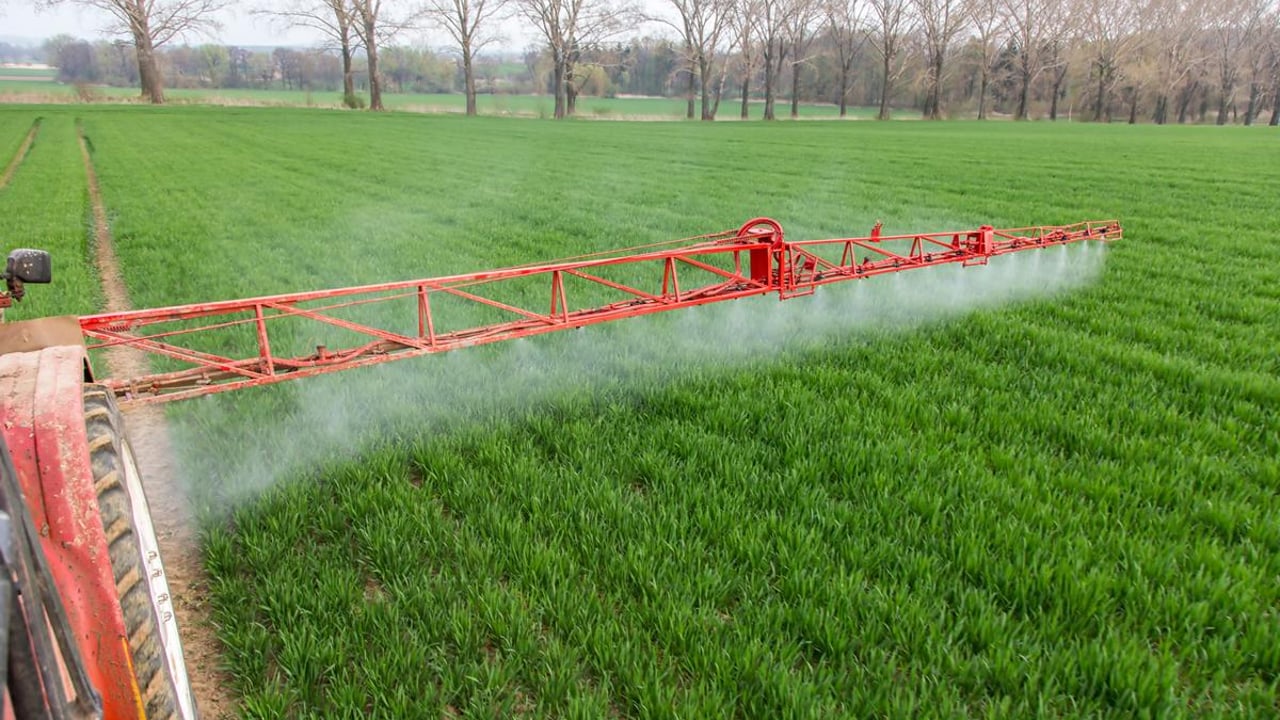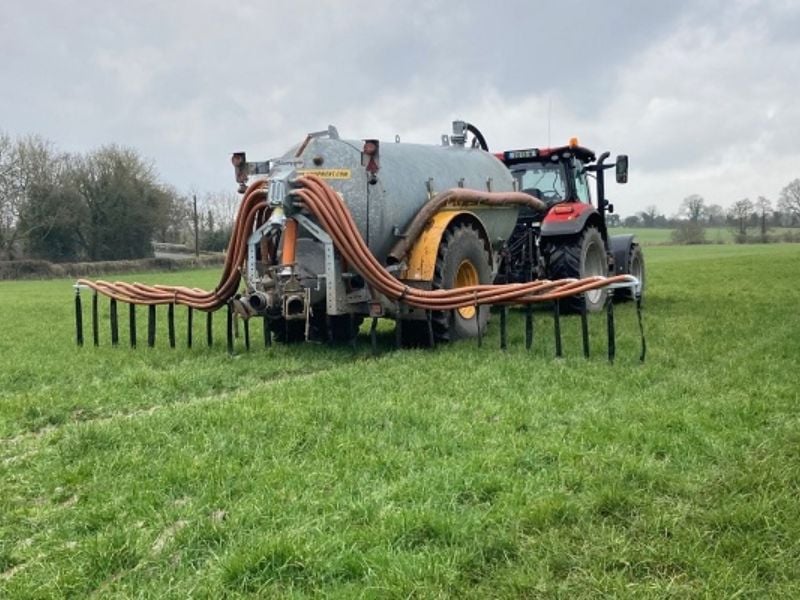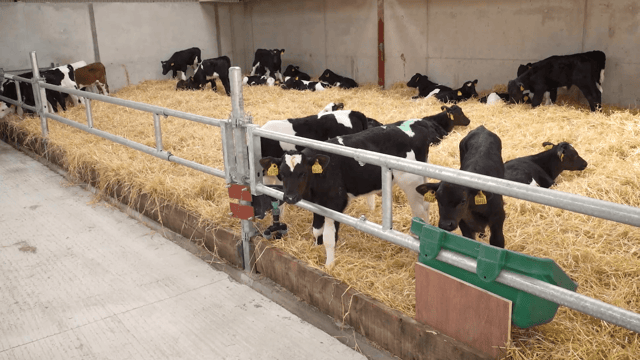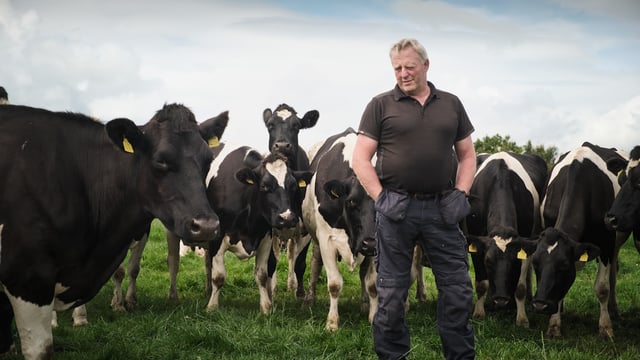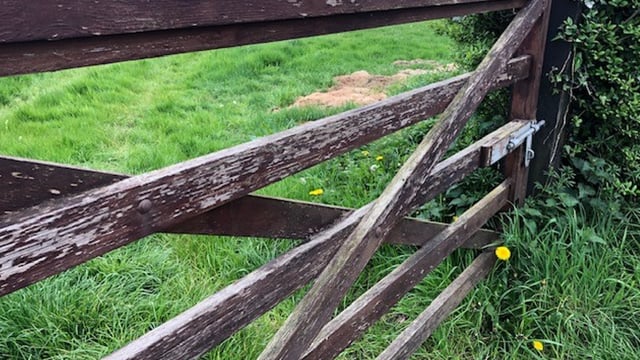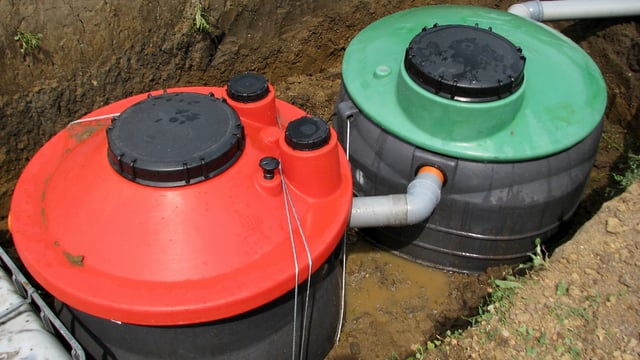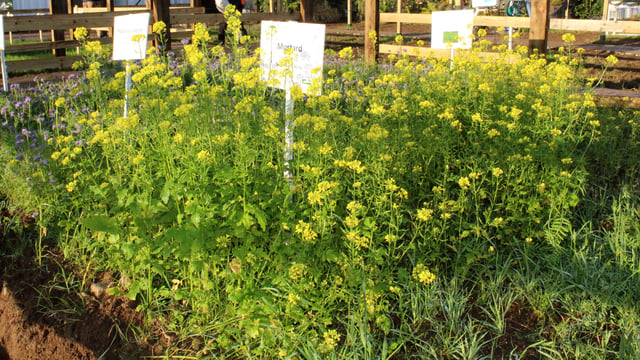Up to €200/ha spent on untested crop biostimulants
Teagasc confirmed that up to €200/ha is spent annually by Irish farmers on crop biostimulants that have not been independently trialled.
“This amount to real money,” crop specialist, Shay Phelan explained.
“And on that basis growers should undertake their own, on-farm trials to help identify the real worth of these products.”
According to the Teagasc representative, on-farm trials can take various forms, depending on their complexity.
“What not to do is spray entire field with the product in question. Dividing a field in two will give some indication. But there can be widely differing variations coming into play, if this is approach is taken,” he said.
"One very effective way of trialling a product is to apply it to alternate tram lines within a field. But it’s important that the actual yields obtained from the differing parts of the field are accurately weighed.
“One issue to be acutely aware of is that of using crop colour throughout the growing period as a guide to final performance. The reality is that, in the vast majority of cases crop colour is not a determinant of final yield,” he added.
However, livestock slurries and farmyard manures are crop stimulants that are very definitely on Teagasc’s list of go-to options for tillage farmers .
Soil and plant nutrition specialist Veronica Nyhan has a number of take-home messages where this matter is concerned.
“Dry matter values are linked to the nutrition value of the slurry being spread. The cost of having slurry samples chemically analysed can be expensive. However, dry matters can be quickly assessed using a hydrometer," she said.
“Slurry produced from cattle spread on silage diets will have a phosphate to potash ratio that is highly complementary to the nutritional needs of a grass sward.
“Pig slurry, on the other hand, will have a phosphate to potash ratio that is highly complementary to the nutritional needs of a cereal crop. This dynamic reflects the makeup of the rations fed to the stock in the first place,” she added.
The winter of 2024/25 has been relatively dry up to this point. As a result, the consistency levels of slurry stored in outdoor lagoons will be thicker than that which would normally be expected.
These higher dry matter values will boost the fertiliser value of spread slurry on a per volume basis.

